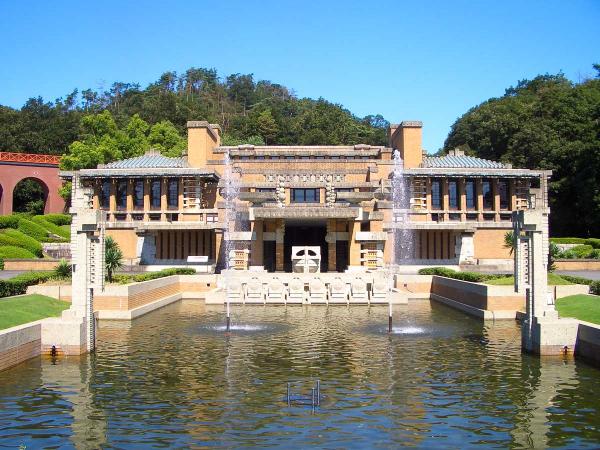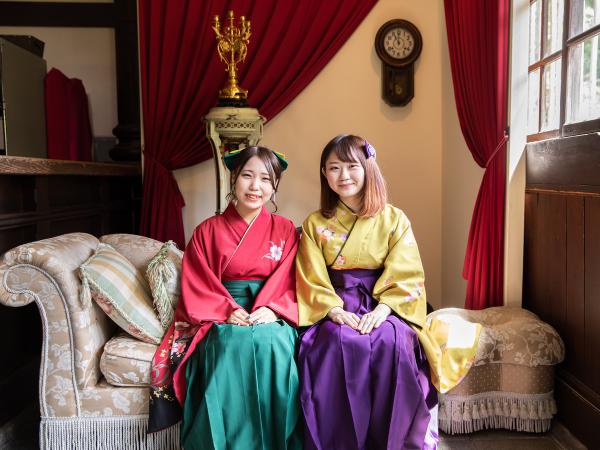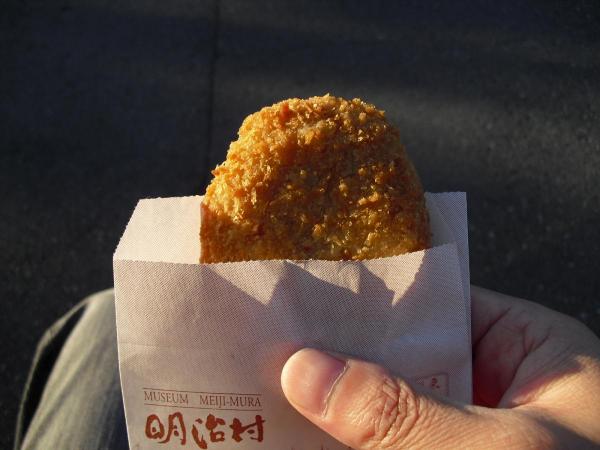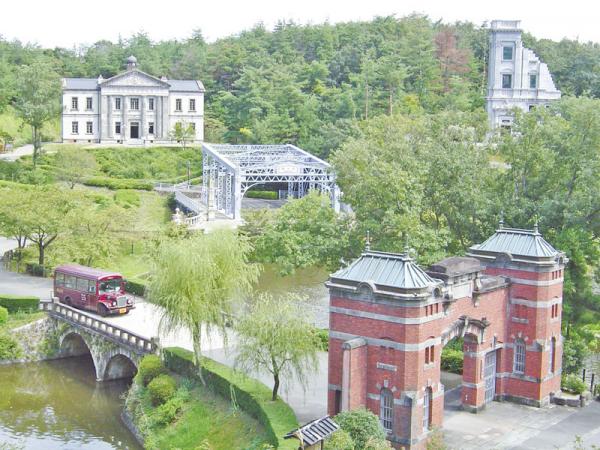A real time machine back into the Meiji period

The Imperial Hotel's lobby front entrance, designed by American architect Frank Lloyd Wright and built in 1923, is by far the hot spot for visitors. The structure is truly beautiful, offering the distinct texture of igneous oya stone and its geometric engravings as well as terra cotta siding. You can view the driveway, main lobby, lounge, and more. Reconstruction took about a lengthy 17 years.
Walk in the shoes of that famous school girl

Meiji-Mura has famously acted as the filming location of television and movie shoots, such as NHK's morning dramas "Hanako and Anne", "Gochiso-san", and other broadcasts. Rental costumes like that of school girl Hanako from the previously mentioned drama are available, letting you dress up as students once did—perfect for a special commemorative photo.
Dine from the menus of the Meiji period

Since you're at Meiji-Mura, you might as well enjoy some of its distinctive Meiji-era eats. Let loose with Denki Bran, Japan's first cocktail; eat classic beef hotpots, a symbol of Japan's cultural enlightenment; and enjoy the croquette of yesteryear.
Go where you please in this expansive museum

If there's one thing Museum Meiji-Mura has, it's space. The spacious outdoor museum is so expansive that you can't see everything in a single day, so planning out what you want to see beforehand is a good idea! Just to see the important cultural properties takes nearly three and a half hours. If your aim is the Western-style buildings, expect three hours. And then there's the course with buildings related to the Meiji period's cultural icons such as Natsume Soseki, which takes about two hours. Plan out a route to best fit your schedule.











































 Keyword
Keyword













